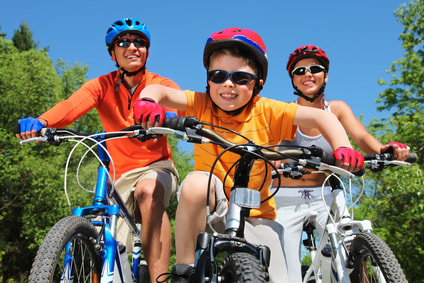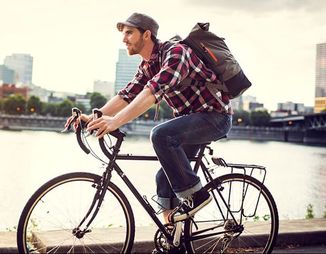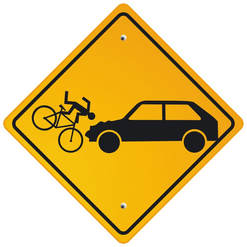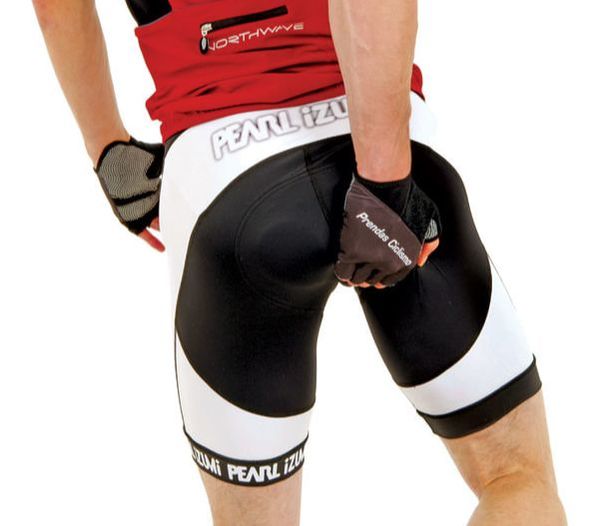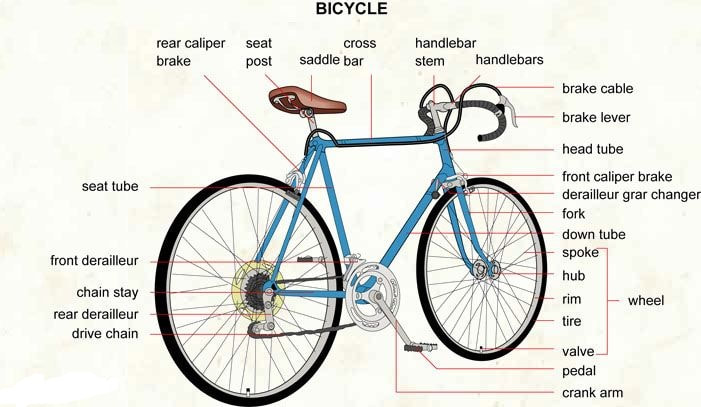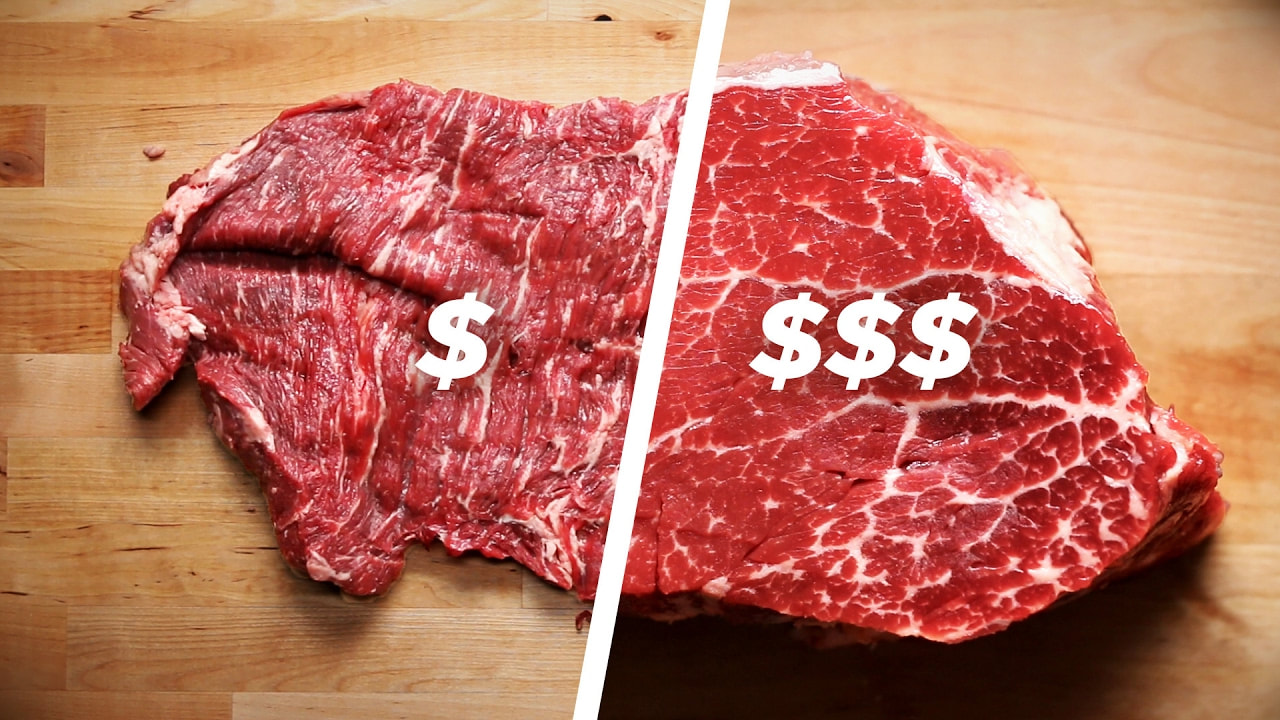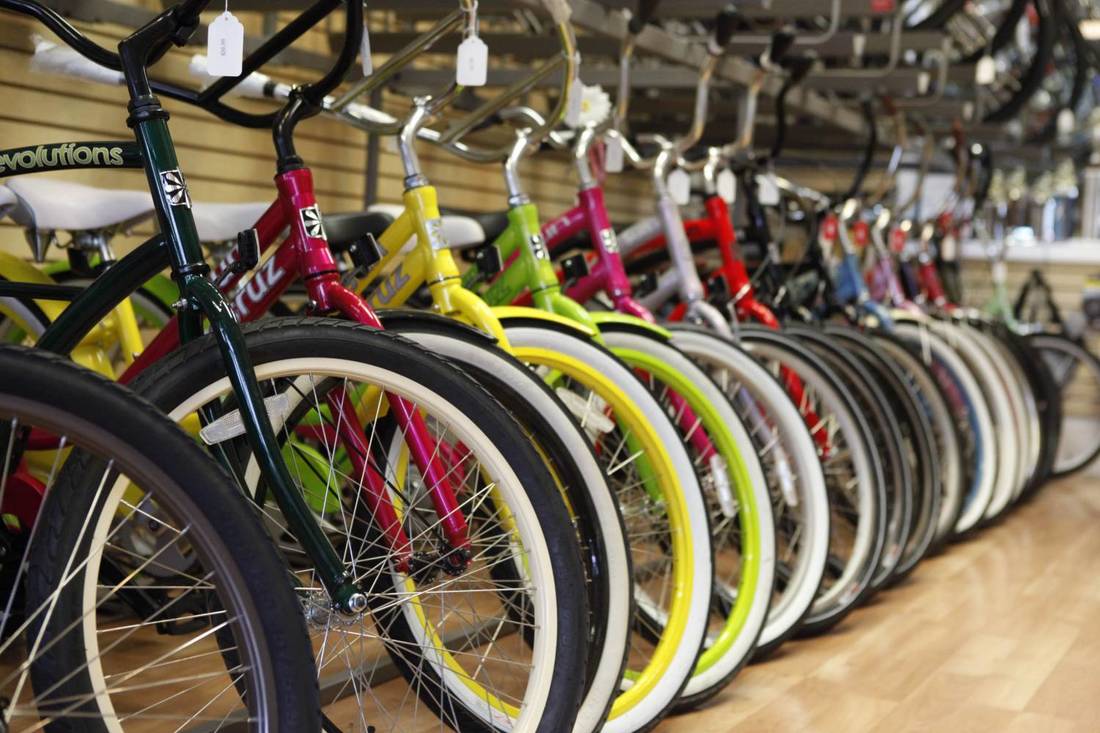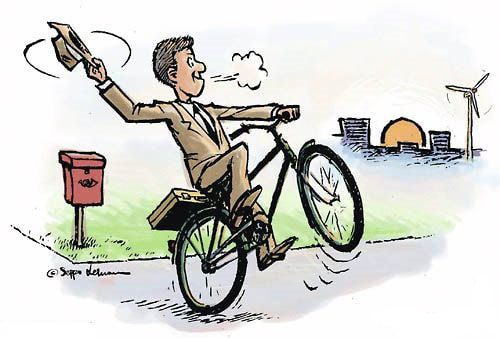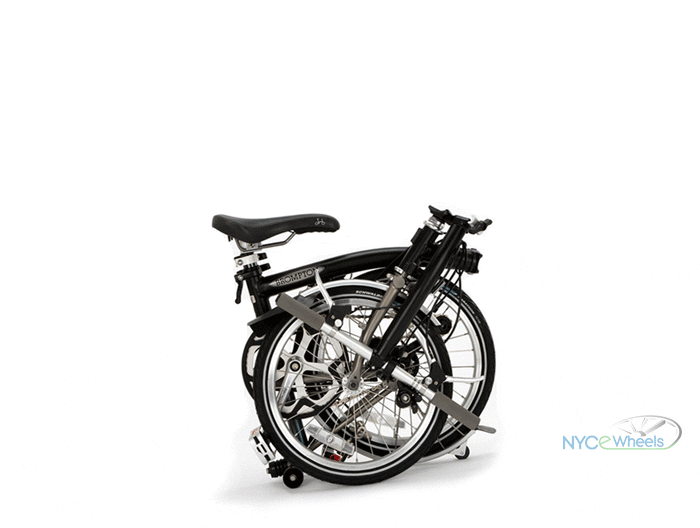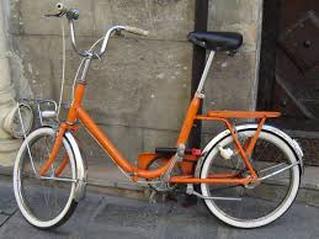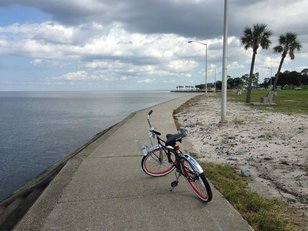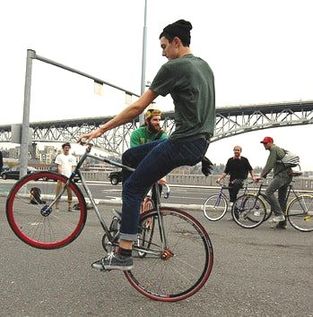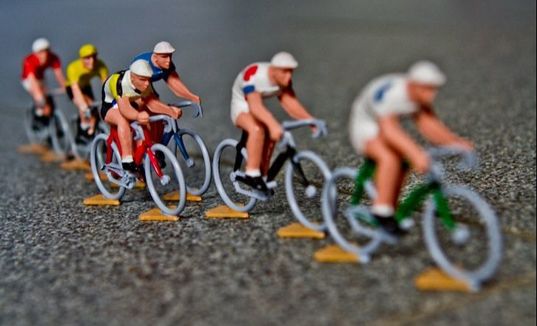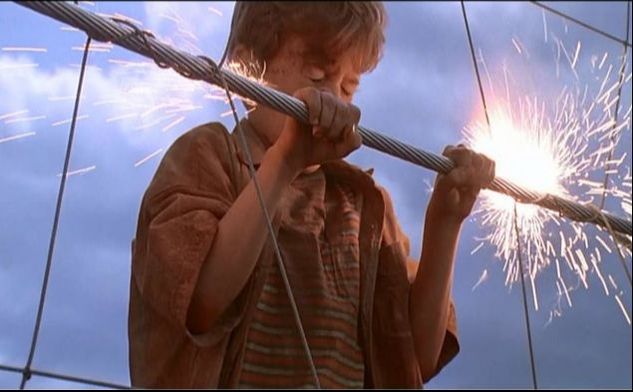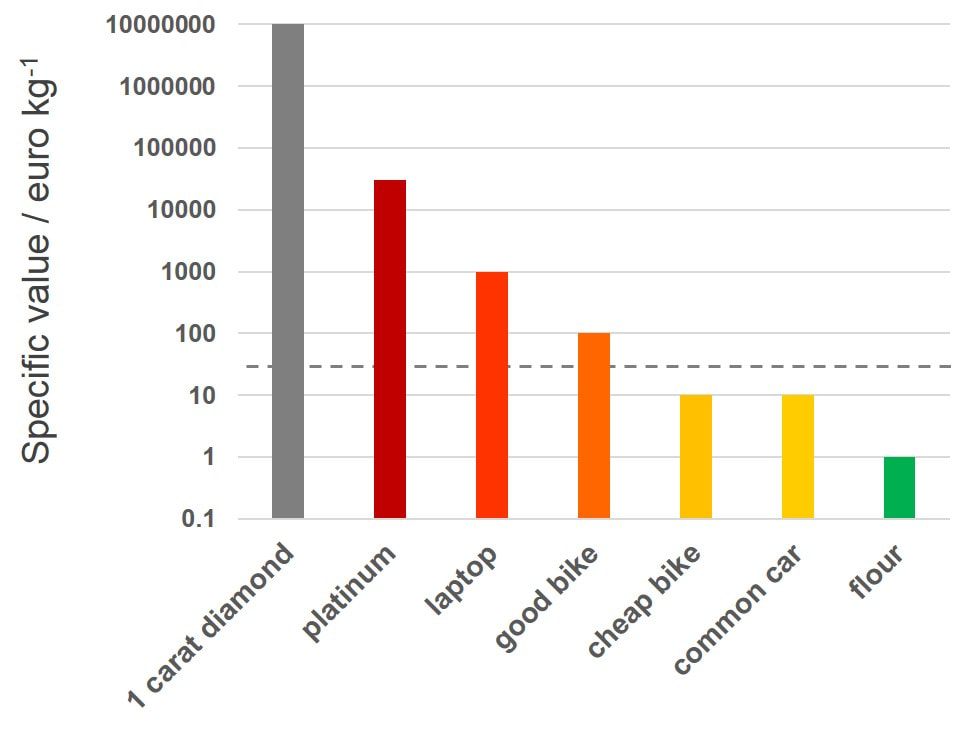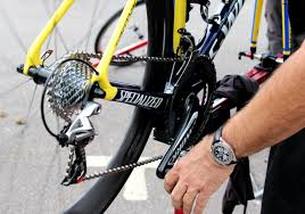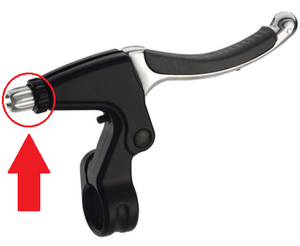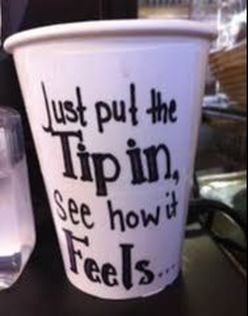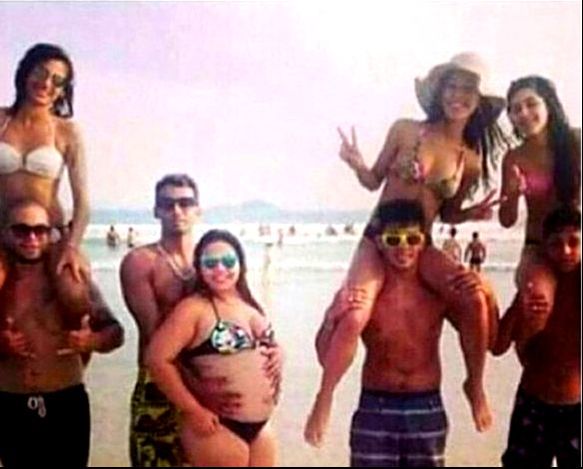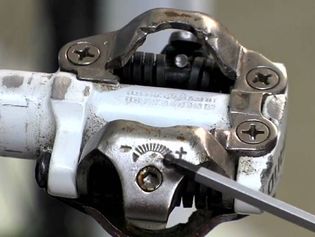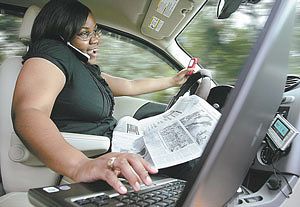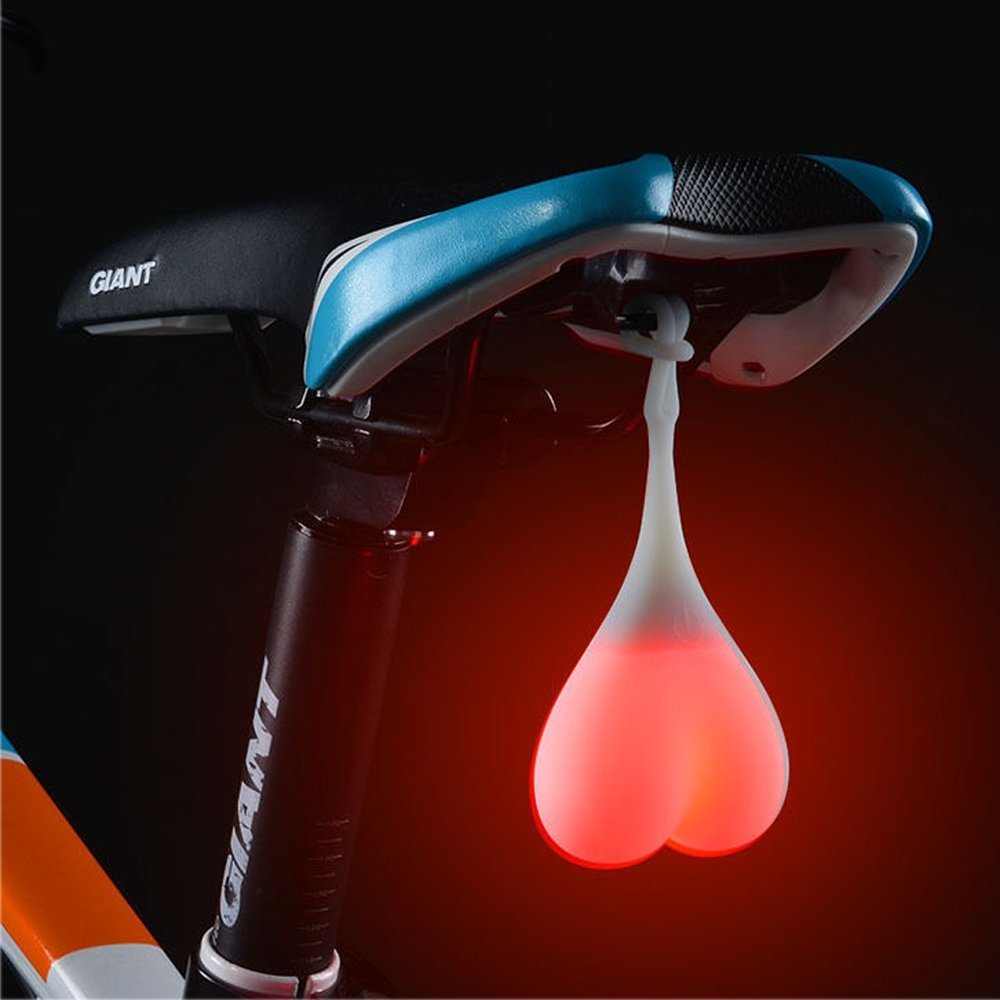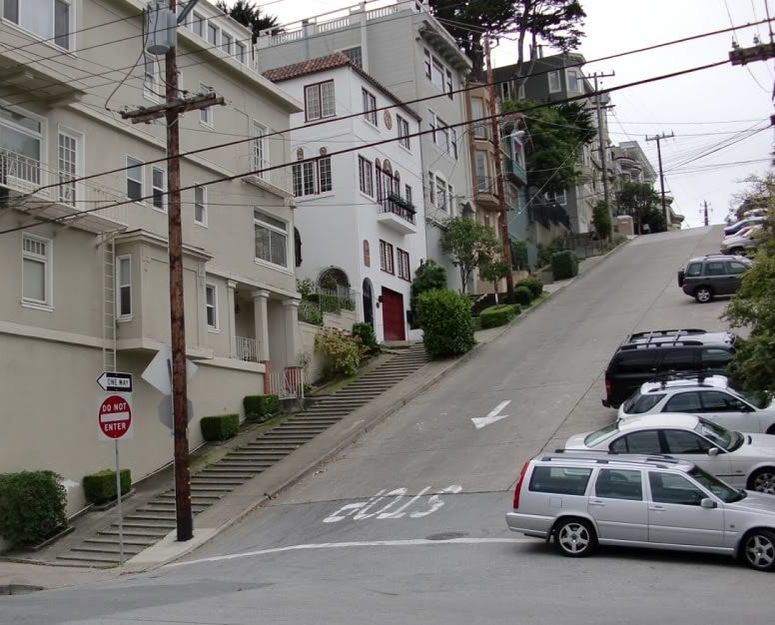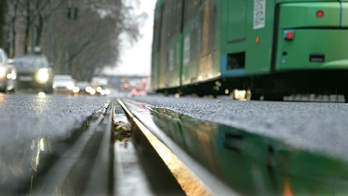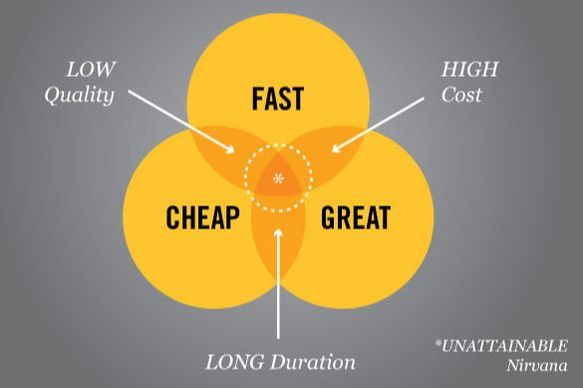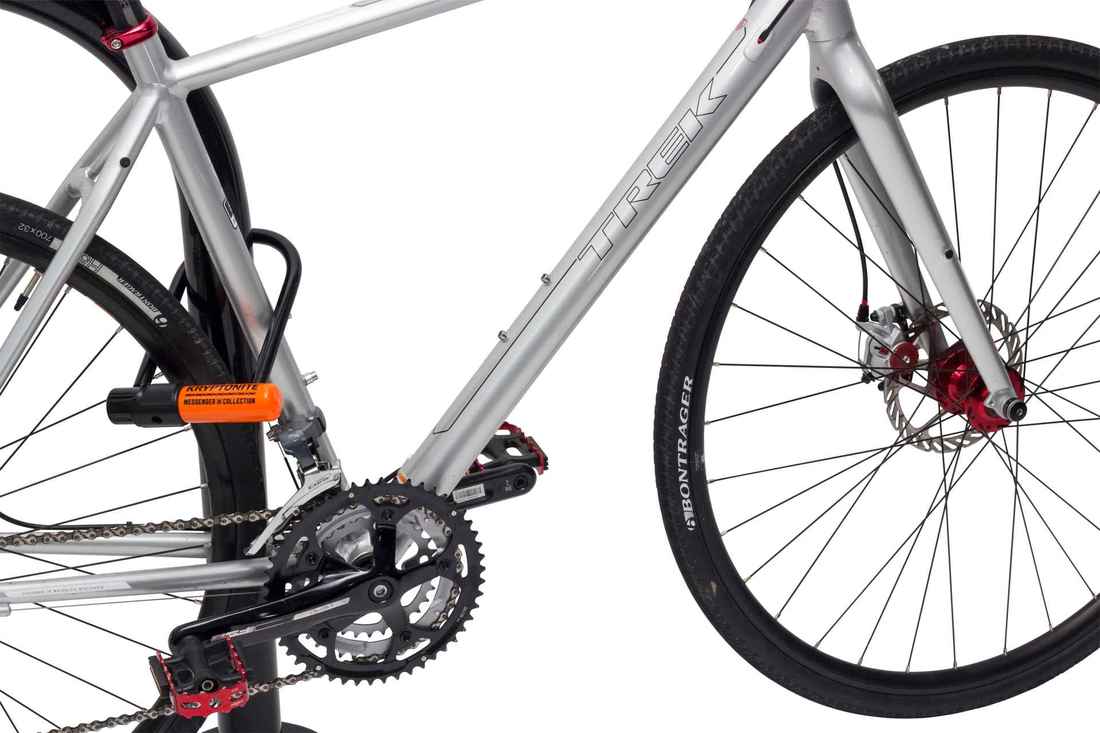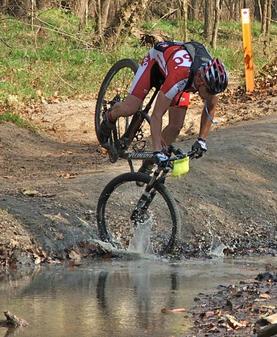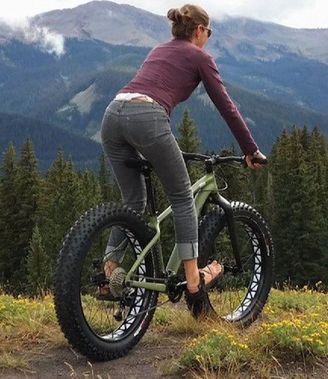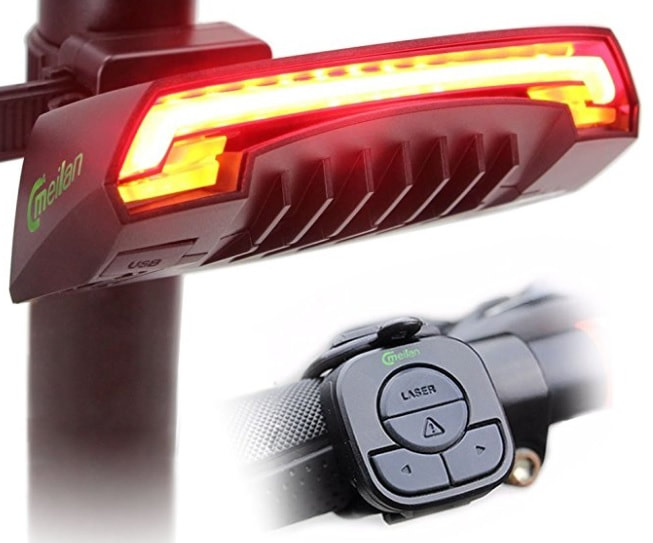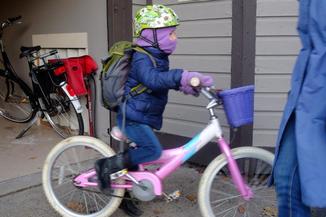Bicycling 101
|
When studying at a university you often find yourself in a large city, with a lot a places to go, but not a lot of financial flexibility. As a result, many students do like Freddy Mercury and start riding their bicycle. However, not everybody is intimately aware of the bike world, and some may even be confused by it all. Accordingly, find below a concise little biking 101!
|
Fast and flexibleParticularly in large cities bicycling enables you to get around relatively fast. Also, you are rather flexible as parking is a breeze. In addition, although officially not legal, bicycling after a few alcoholic beverages is often permitted (at least in central Europe) as the danger to other road users is limited...
|
Limited safetyThe biggest concern regards the safety. Being on top of a 15 kg vehicle renders one less safe compared to being inside a 1500 kg vehicle. As you can imagine, the laws of physics imply that you are not going to have a good time running into a car with your bicycle. Cycling is therefore best done in places where the infrastructure is suitable. In Central and Northern Europe the bicycle facilities are usually quite good and widespread. In other parts of the world, the facilities are often less widespread and should be evaluated case by case...
|
Strenuous and uncomfortableEspecially in hilly areas, bicycling can be strenuous. This can result into a lot of huffing, puffing, and sweating. The latter is for a sport exercise good, however can be less attractive when you have to work afterwards. Also, on trips exceeding 30 min, one can get a bit of a sore rear-end. Nevertheless, both these negative aspects get less in time when you get better in shape. So hang in there!
|
Bike basicsNow that you are convinced of the joys of cycling, let's take a closer look at the bicycle as a vehicle. It is useful to know which basic components are present (see image below). In general, a bike is categorized based on 4 main groups: the frame, the wheel set, the gear set, and the brake set. Of each the type and the quality can be very distinct. Some bikes have addition major features such as suspension (mountain bikes) and battery/motor (electric bicycles).
|
Cheap versus expensiveFor an outsider, knowing the difference between an expensive and cheap bike can be hard to judge. In general, high-end expensive parts are made from more precious materials and are usually lighter. This is especially the case for the frame and the wheel set. In addition to superior materials, they can also use a more sophisticated technology. This is usually the case for high end (disc) brakes and gear sets.
|
CommutingOne of the most common types of cycling (at least in Central/Northern Europe) is commuting. For this application usually good quality bikes are used as many kilometers are made and the parking places are relatively safe. These bikes are typically very ergonomic and come equipped with many features such as bags, lights, and mud guards, to make using it more convenient.
|
Commuting + train: fold it up!It is usually not allowed to bring a conventional full-sized bike on trains (especially in rush hour), and it would not be very convenient to do so. To overcome this hurdle folding bikes were conceived. They fold tightly and can be fairly easily be brought on a train making a full bike-train commute possible. In addition, folding bikes can be used to bring biking to any place possible: just throw them in the trunk and of you go!
|
About folding bikesDue to the small size of the wheels, folding bikes can give a rather 'nervous' ride experience. In addition, the hinges on folding bikes need to be of good quality in order to avoid dangerous situations. Accordingly, it is not recommended to buy a cheap (<250 USD) folding bike, especially for new cyclists!
|
Strolling/cruisingA very popular type of bicycling is to go for relatively short trips strolling around in recreational areas. This can be around the beach or lakeside. Since the demands of the users are usually not very high, these type of bike are usually not very expensive. Also, as the users often only go out in good weather, mudguards are optional. Such a bike is good for a new driver.
|
Being hipWith the rise of the hipster generation, the single-gear light-weight racing bike has become very popular. In addition, often the gear is fixed and the handle bars are straight and narrow. As such they allow to go through city traffic smoothly. However, be aware that a fixed-gear can be dangerous in cornering. Also, be ready to get a wet rear-end in the rain.
|
MountaineeringExploring mountainous terrain by bicycle can be a true treat. In many countries dedicated bicycle paths exist, varying from relatively easy going (cross country) to hardcore (downhilling). Mountain bikes feature usually bigger tires, chunkier frames, and suspension. Important point: the big tires of mountainbikes make them less suitable on paved roads.
|
The extra mile: go electricWithin each type of cycling, electric variants are available now. Adding the electric engine (and battery) opens cycling to a whole new audience. For example, commuting in hilly areas becomes so much easier. Due to the electric components, electric bikes are however more heavy (add 5-7 kg) compared to normal bikes. In addition, a proper electric bike can easily cost as much as 2000 USD or euro...
|
TheftA realistic potential problem is bike theft. Especially very good bikes (valued at >750 euro) represent a high value for their weight (often exceeding 50 euro per kg). This is a critical value where theft can become attractive (see dashed line on the right). Accordingly, some people would never leave costly bikes unattended in public places...
|
Gears: number and spreadWhereas the number of gears is easily interpreted, the spreading of gears is relatively unknown. The spread indicates how much the gear ratio changes going from the lightest to the heaviest (or vice versa). The higher the spread, the more flexibility you have in terms of terrain. When you have a good spread, having a lot of gears is often of secondary importance.
|
Basic bike maintananceKnowing a few simple bike maintenance routines will make your life a lot easier. One should know how to: (1) inflate the tires, (2) lubricate the chain, and (3) fix small punctures. In addition, the adjuster rings on the brake lever (see on the left) enable a very easy tune of the braking power. Importantly, these adjuster rings can also be found on the gear sets. With these basics, you will get a long way!
|
Know your limitsThere is nothing wrong with being a novice biker. As long as you are safe and having fun it is all good. For novice bikers (and the chap on the left), when a potentially difficult situation occurs, it is good to know your limits. If you do not feel comfortable with a certain road or track, there is not need to force yourself. Easy does it!
|
Practice the clip!Clips pedals lock your shoe with the bike pedals to give you an enhanced contact with the bike. This gives more control and a more efficient pedaling. However, they require a specific technique to unlock. When opting for clip pedals, practice this technique extensively at home in a safe fashion (not to fall down). You will be amazed how many people fall of the bike at the traffic lights because they forgot they were clipped in... (and yes: the author included ;) )
|
Multi-task equals multi-failWith the increased use of the smartphone the amount of traffic accidents are rising in every division (car, bike, tricycle, step, you name it). Take home message: avoid playing with your phone and listening to stuff on your bike. It is the best way to keep yourself from getting overly intimate with a car's front bumper.
|
Light it up!Obvious but often disregarded: make sure that people can see you in the dark by having some lights. In the old days, a dynamo was needed and the lights were rather conventional. However, nowadays, not having lights is a real missed opportunity as many cool and affordable LED-based lights exist!
|
Cheap high-end components?In general, it is impossible to get something great in a fast manner and for only a limited sum of money. Be therefore aware that expensive-looking cheap components are usually a marketing trick to sell low-quality bikes. When you are tempted but not sure, simply ask a more bike-aware friend. Classic examples that are best avoided: cheap disc brakes, cheap carbon frames, and cheap full suspension sets.
|
Lock against somethingTake into account that in the right workshop, any lock can be opened within minutes. Luckily the required tools (angle grinder or the like) are not very portable. Hence, as (even locked) bikes are fairly portable, make sure to lock them against something so that they cannot be brought into the workshop!
|
Mind that front brakeA classic hazard: braking excessively with the front brake causing an accident. In the worst case one could go -superman style- right over the handle bars. Hence, make sure to know which brake lever (left or right) operates the front brake, and don't you forget it! Here adjusting with the brake adjuster ring may be useful!
|
Fixed parking spotWhen using a large parking lot frequently, it can pay off to park in a fixed spot. This way you avoid the daily struggle (not yours, Sean Paul) of searching for your bike. Ideally it is not the busiest place, in order to ensure every day an available place. This strategy can also be applied when often going out to town for a drink (or two)!
|
Big tires, big resistanceSince a number of years the 'fat bike' has been introduced as a cool fashionable bike. Fat bikes have chunky tires and look quite different compared to normal bikes. One should however take into account that the fat tires create a lot of resistance and the frames and wheel sets need to be bigger than usual. Hence, you will have to pedal like a champ and under normal conditions the ride is far from attractive! These types of bikes are therefore best used in niche types of riding, such as in the desert in the sand, or on the north pole in the snow!
|
Turn indicationOn a bike it is most important to let the other folks know what you are going to do. Make sure to indicate therefore clearly before turning. For new drivers, the hand indication can be tricky though as they may (feel like they) lose control of the bike. Luckily, they are nowadays cool electronic indicators that enable you to show the world your plans without taking your hands of the handlebars!
|
Turning left: pedestrian styleIn most right-side driving countries, turning right on the bike is an easy exercise. However, turning left can be dangerous as you will have to expose yourself to ongoing traffic and usually have no mirrors to check for traffic from behind. For new drivers it may therefore be better to dismount the bike, move onto the pedestrian area on the right, and cross the street accordingly (following number 2, on the right). This way you will have a better view of the traffic and are able to turn left in a safer fashion.
|

